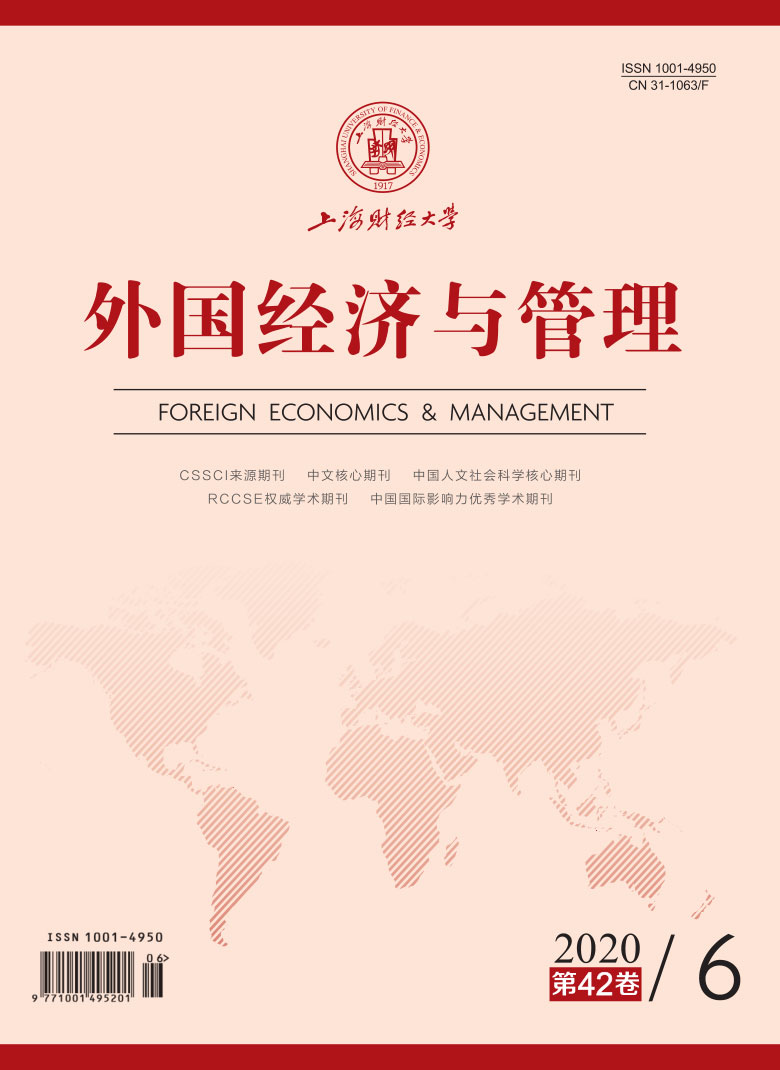Context, as an important aspect of business model innovation, is increasingly valued by academics and businesses. Under the background of deep integration of the internet digital technology group and the real economy, context has been integrated with products(services)and become an indispensable part of customer value creation and delivery. This paper draws on the existing research contributions related to context in the fields of urbanology, media studies, etc., and identifies the main components(dimensions)in context that can realize value creation and delivery through multi-case inductive research. Based on a multi-case study of 72 context samples, this paper develops a three-component model of context(a total of 6 sub-components), 4 basic types of context and the basic concept of context from the perspective of business model. It also establishes the theoretical foundation for value creation and delivery based on different combinations of contexts and products. Specifically, the three-component model of context is composed of three main components(six sub-components): Space(Physical Space, Cyber Space), Time(Dynamic or Real Time, Fixed Date or Time)and Content(Products or Services, Information or Culture); based on the different combinations of “product + context”, the types of context include functional satisfaction, emotional connection, values’ resonance, and sub-cultural shaping; and from the perspective of business model, the context definition is that: in order to create and deliver customer value, the focal firm focuses on “user experience” and builds one or a group of specific combinations and its or their correspondingly potential functional facilities, emotional connection methods, values’ attributes and sub-cultural characteristics based on the three components of context(Space, Time and Content).
In addition, with the aid of an economic analysis framework, this paper further analyzes the pricing space and the profit space of the “context + product” combination, in order to explore the relationship between the pricing of combination and user experience. Our research finds that the pricing of combination can effectively breakthrough the upper limit(customer willing price)and lower limit(product average)of product pricing, which not only provides a theoretical explanation for the phenomenon that “the pricing of some products is five to ten times higher than that of similar alternative products in the same market, but they are still hot”, but also provides an innovative basis of business models design for a firm “to achieve profitability by setting product prices below the average cost, free of charge and even paid money to users”. As an “analysis unit” and “design unit” that can create and deliver value, “product + context” is an important source of innovation for firms to carry out marketing pricing design, innovative design and differentiated competition design, so as to achieve business model innovation. To a certain extent, it also enriches the existing marketing, innovation management and strategic management theories.






 7538
7538  14811
14811

